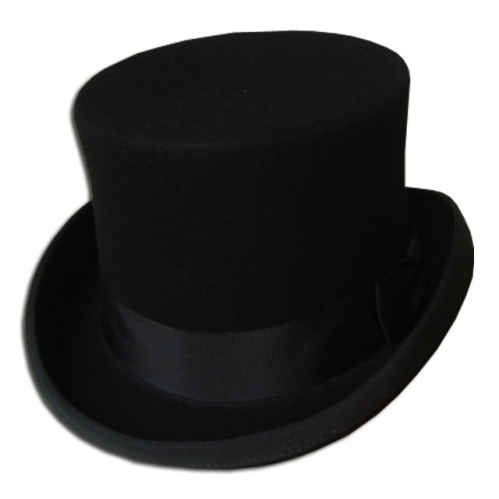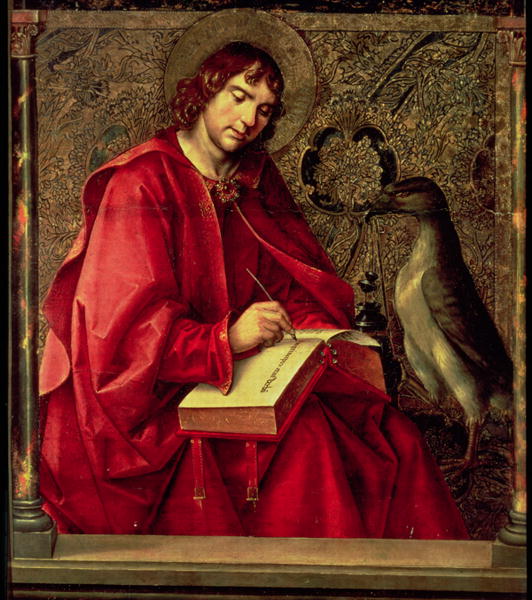 A Top Hat.
A Top Hat.
This blogger some years ago wrote a guide to proper etiquette for gentlemen which the gentle reader might enjoy or find edifying, and which is presented below:
COLE'S RULES OF ETIQUETTE FOR GENTLEMEN
A short guide to acting as a
proper gentleman
Introduction
The
author’s intent in writing these guidelines is to educate men on how they ought
to act as gentlemen in everyday circumstances.
With great disappointment, I perceive that chivalry has almost
completely disappeared in our society. Some
of these noble customs can be easily incorporated into the habits of the
typical man. A true gentleman is more
than just one in his external actions, however, but in every aspect of his
life. He should strive for the good,
live his faith, fulfill his duties with care, and avoid giving offense. Men: to act as true gentlemen is a
challenge. To you ladies: you should
expect and require that you be treated with the respect that is demanded by virtue
of that which you are, a lady.
Chapter I: Greetings & Farewells
Section 1: When walking past or
greeting someone, a gentleman should address another with some polite and
respectful salutation. "Good (time
of day)" is always appropriate, as is "Greetings." "Howdy" or "Hello" may be
used in less formal situations.
"What’s up," and "Hey" are to be avoided. The use of the other person’s name is always
very good, so long as the first name is not employed when speaking to a
superior. Superiors can be greeted using
their title: "Good morning,
Doctor." Clerics should always be
addressed by their ecclesiastical title, even if they hold an academic
degree. In certain circumstances, it is
acceptable to use a person’s name by itself.
"Sir" or "ma'am" may be used in quite a variety of
situations, especially when addressing a superior. When encountering a group of
ladies or gentlemen, he should address a greeting to the whole group, such as
"Good evening, ladies," rather than address each individually.
Section 2: It is always appropriate to
introduce someone with the phrase, "May I present…?" The correct reply upon meeting someone for
the first time is "How do you do?"
The younger man is always presented to the older, and the gentleman to
the lady. It is then the lady or
superior who offers his or her hand first.
Section 3: When bidding farewell, such
statements as, "Fare [thee] well," "Have a pleasant/good (time
of day)," "Good-bye," "Godspeed," and "Good
Night," are all suitable and to be used frequently.
Chapter II: Rules of the Hat
Section 1: When greeting a lady, the
removal of the hat with a slight bow of the head is suitable. This should also be used when greeting a
superior. When greeting his equal, a
touch of the right hand to the hat brim, or a tip thereof is always in order.
Section 2: A gentleman generally should
not wear a hat indoors, except in stores, public buildings, or lobbies. He should also remove his hat when praying,
or when he is speaking to a lady. If a
gentleman is speaking to a lady while in inclement weather, or walking with
her, however, it is permissible for him to replace his hat after the initial
greeting.
Chapter III: Attire & Appearance
Section 1: A gentleman should always
dress in a manner that conveys the respect he should have for himself and those
around him. The same applies to the
cleanliness and order of his room, belongings, and person. A gentleman’s dress should befit the activity
he is undertaking, regardless of the dress of his peers or whether he is seen.
Section 2: In addition, a gentleman
should hold himself in a dignified manner at all times. Thus, he should have good posture, and avoid
lounging around or slouching.
Chapter IV: Conversation
Section 1: A gentleman should always
act as such in conversation. Needless to
say, he should avoid any conversation that would constitute a near occasion of
sin, or lack taste or decency, as he would the plague. When he speaks with a superior or with a
lady, the gentleman ought to address the other with such respect as they
deserve.
Section 2: He should also endeavor to
speak well and use proper grammar, avoiding slang and nonstandard speech.
Section 3: In addition, the gentleman
ought not dominate conversations, but seek to engage all.
Section 4: Finally, he would do well to
avoid raising his voice, even if he is extremely distressed.
Chapter V: Dining
Section 1: A gentleman should always
act in a restrained, mature, and mannerly fashion while eating. This is all the more the case in the presence
of ladies or superiors.
Section 2: A gentleman should seek the
permission of those already seated before joining them.
Section 3: He should always thank those
who serve his meal.
Section 4: If he rises to obtain
something, he should always make certain that no one else is in need of
anything.
Section 5: A gentleman should take care never to reach over
others during a meal.
Section 6: At the close of the meal, a gentleman should thank
whoever cleans up, and be ready himself to assist in cleaning.
Section 7: When a gentleman is taking a
lady to a meal, he ought to pay for it, provided circumstances suggest or allow
for this. In group situations, however,
no such obligation exists.
Chapter VI: “Acts of Assistance”
Section 1: The gentleman must never keep a lady waiting, and
should strive to be punctual with all of his appointments.
Section 2: A gentleman should always be
sensitive to the comfort of ladies. He
ought to offer his chair if needed, coat if she may be cold, or umbrella if the
weather is inclement.
Section 3: A gentleman should always
open doors for ladies, including those of cars.
He should also let ladies and superiors precede him when passing through
doorways or entering buildings, unless the way must first be prepared.
Section 4: It is commendable to walk a lady to her destination;
of course, he ought to obtain her permission to do so. The gentleman should, as a rule, walk with a
lady or his superior on his right.
Nevertheless, the gentleman should always place himself between a lady
or superior and any hazard or annoyance.
Section 5: A gentleman generally should not stop a lady who is
walking in order to talk with her. If he
wishes to speak, he should simply ask her permission to join her in
walking. He should take care that he is
not keeping a lady in uncomfortable weather.
Section 6: If a gentleman perceives that a lady is carrying
something heavy, he should assist her in carrying it.
Section 7: If a lady drops anything, a gentleman should always
pick it up and return it to her promptly.
Section 8: If circumstances permit, a seated
gentleman should rise to greet or speak with a lady or superior. He should return to his place only
after the lady or superior has been seated.
Section 9: If a
gentleman is asked for a favor, he should endeavor to comply, especially if the
request comes from a lady, so long as it is possible and/or reasonable to do
so. He must also take care not to be
overbearing in offering assistance if it is not desired.
Nota bene: These short rules of etiquette are by no means exhaustive in
their scope, and are merely a guideline.
As a further reference, Emily Post’s
Etiquette in Society, in
Business, in Politics and at Home of 1922 is a valuable resource.
It is available on-line at:
Etiquette in Society, in Business, in Politics and at Home by Emily Post
Edition of: © 5.X.2007.
This guide is a revision of the original “Cole’s Rules of Etiquette for
Gentlemen,” Sixth Edition, that was written for the men of Christendom College
in Front Royal, Virginia.
I would like to thank all those who submitted suggestions
for this guide, particularly Professor Jenislawski and a certain Latin
professor who will remain nameless. In
particular, I thank Draper Warren for the formatting of this guide and for his
enthusiastic support.
Live well!


